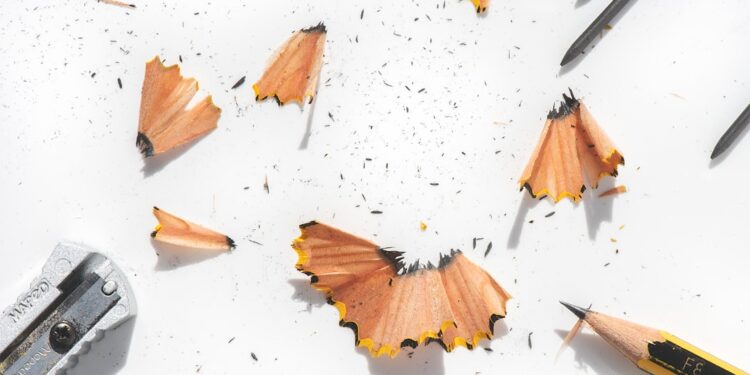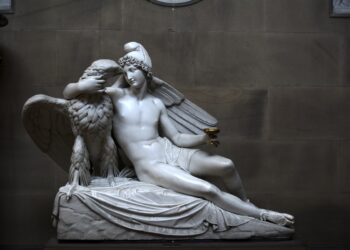What is the core of most modern pencils made from?

Wood
Graphite
Metal
Plastic
When were wood-encased pencils first developed?
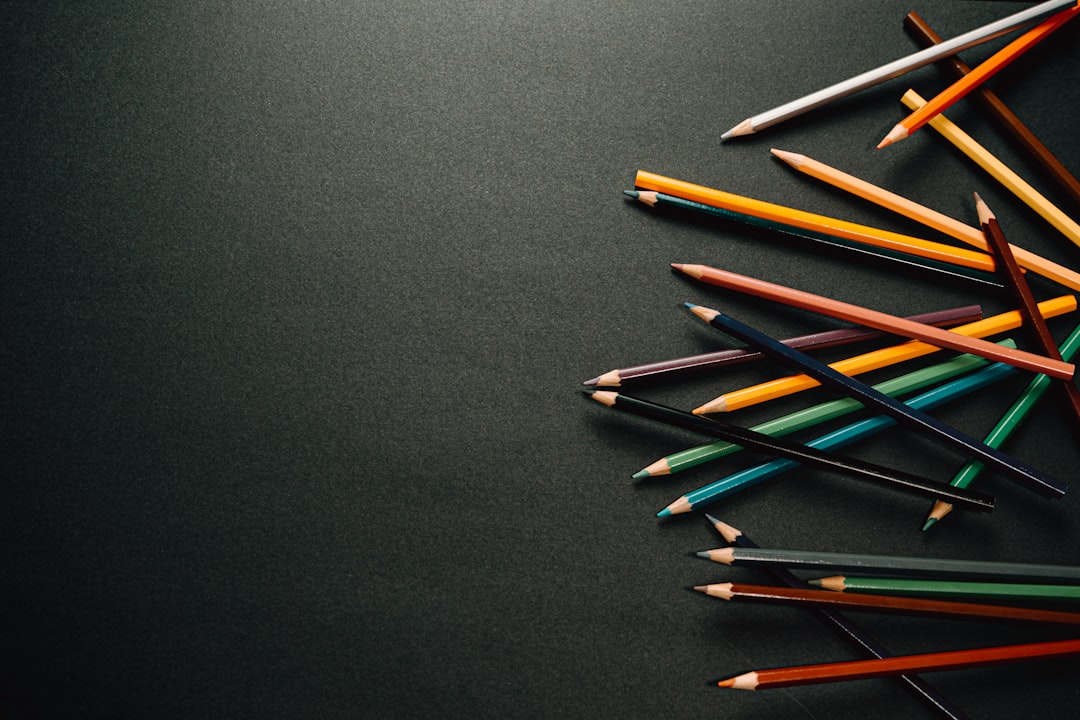
16th Century
17th Century
18th Century
19th Century
What mineral is often added to pencil graphite to vary hardness?
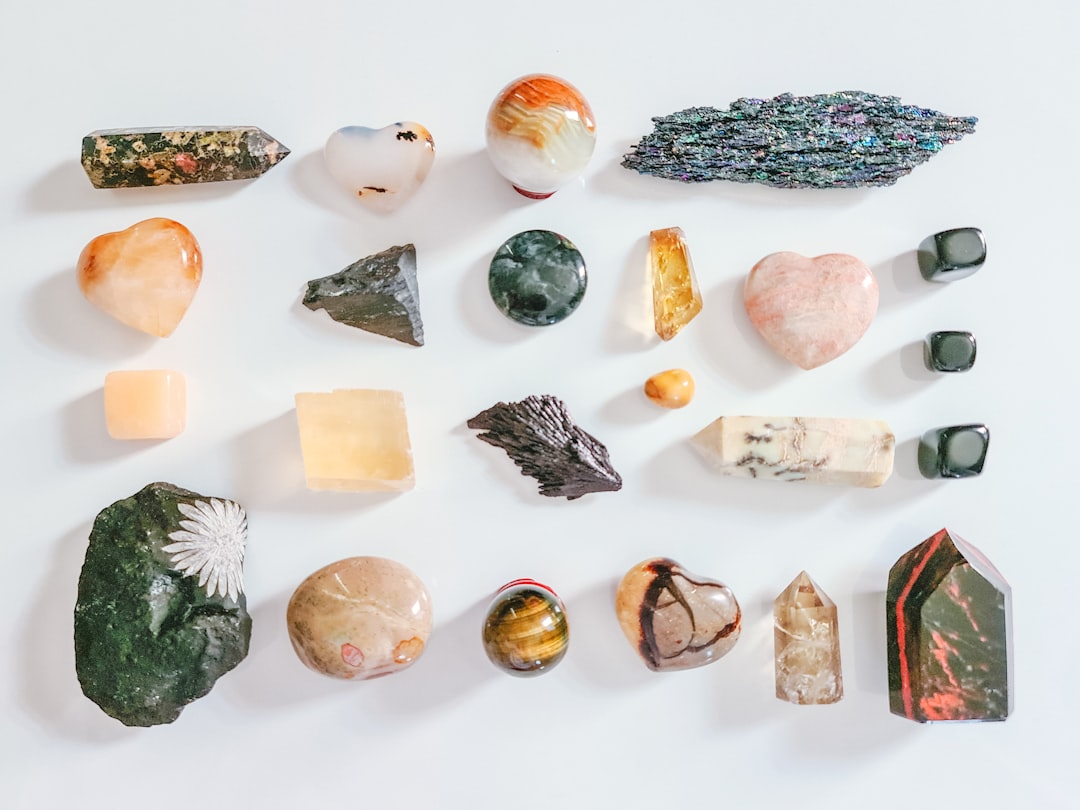
Clay
Zinc
Calcium
Iron
Which country is the largest producer of pencils?
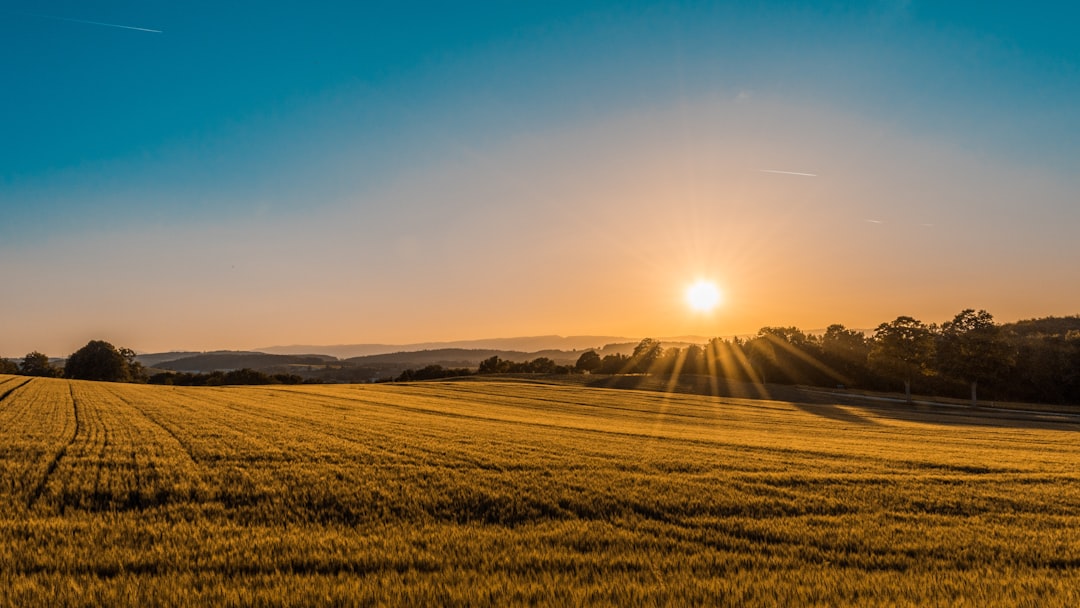
USA
Germany
China
India
What innovation did Hymen Lipman add to pencils in 1858?

Eraser attached to the end
Graphite formula
Colorful exteriors
Mechanical movement
What is the typical shape of pencils sold in the United States?
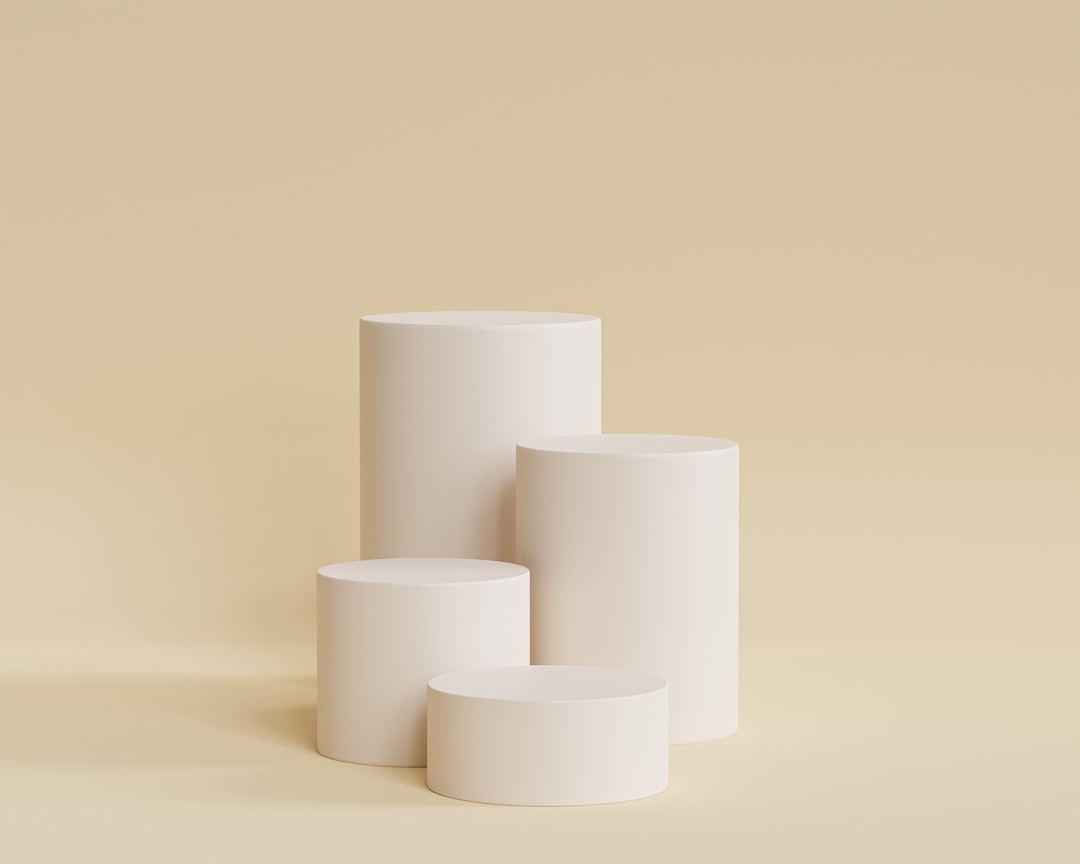
Hexagonal
Round
Triangular
Square
What type of wood is most commonly used to make pencils?
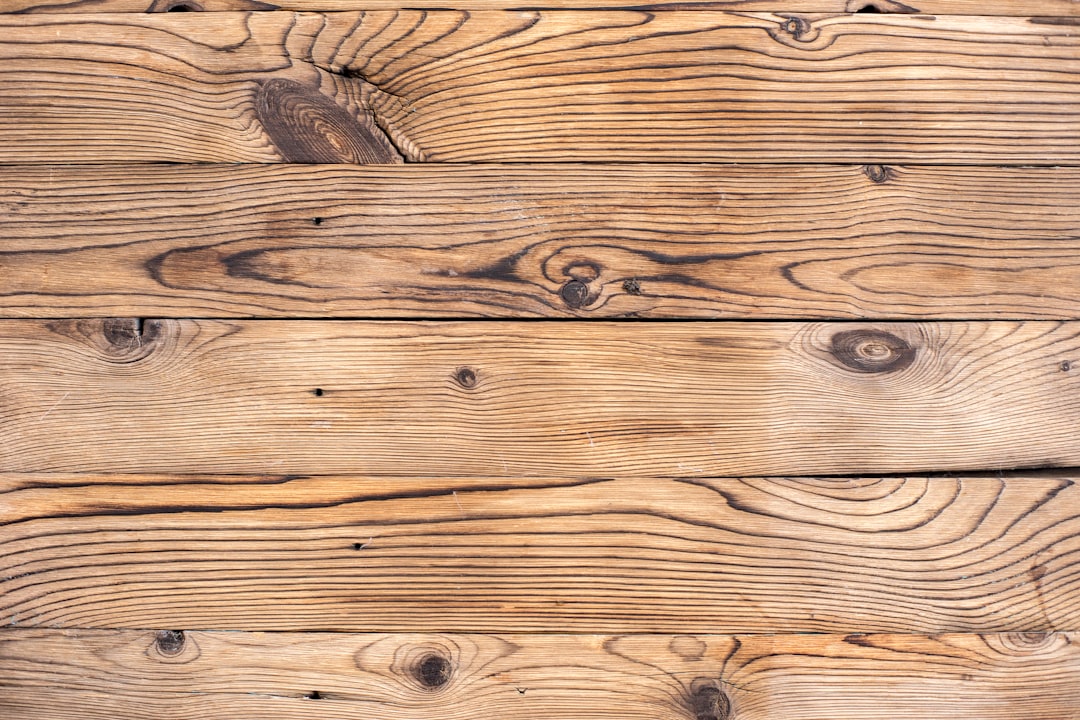
Cedar
Oak
Birch
Pine
When did the first mass production of pencils begin?
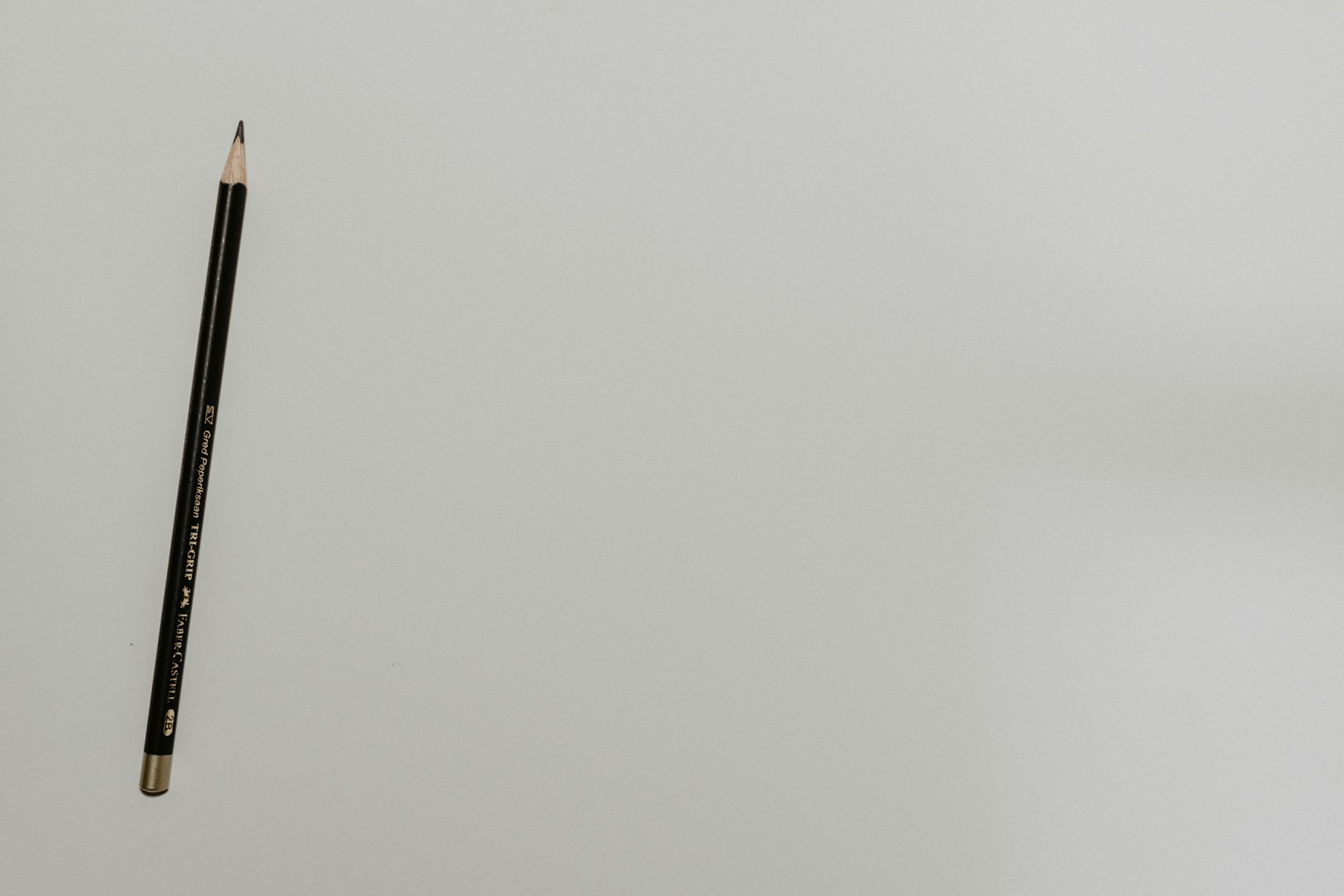
1662
1795
1812
1861
What was the primary use of the earliest pencils?

Drawing
Writing
Marking sheep
Building construction
Which era saw a boom in pencil development due to a patent war?

Early 19th century
Mid-19th century
Late 19th century
Early 20th century
Who invented the modern mechanical pencil?
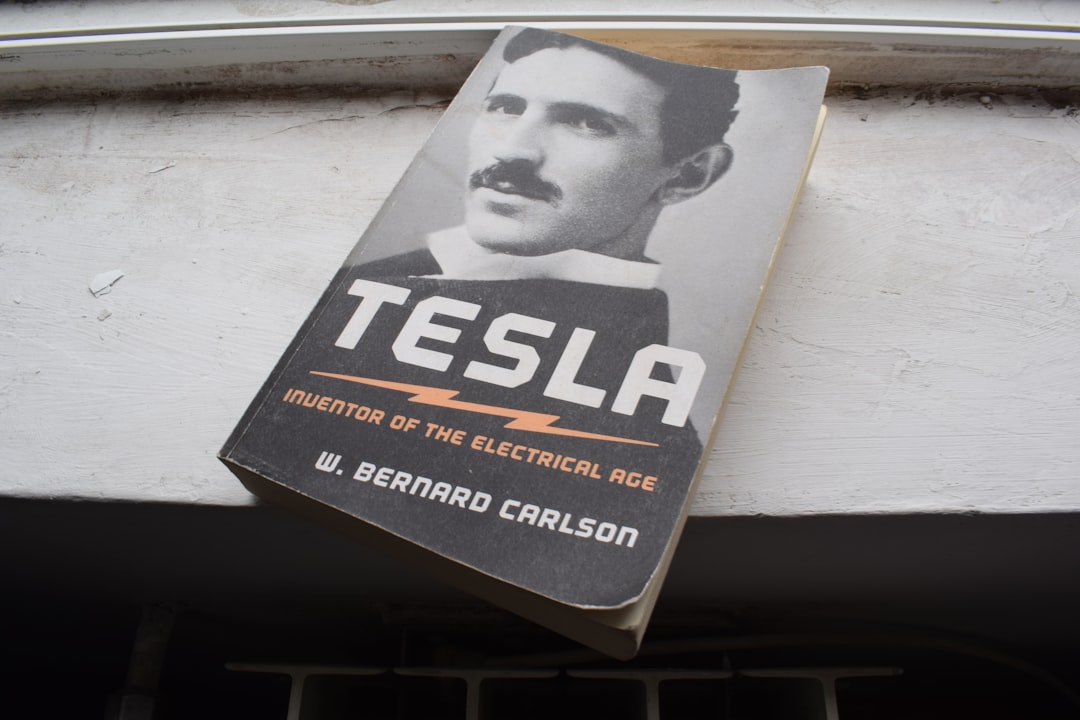
Slavoljub Penkala
Conrad Gesner
Samuel Morse
László Biró
What is a common scale used to categorize pencil hardness?
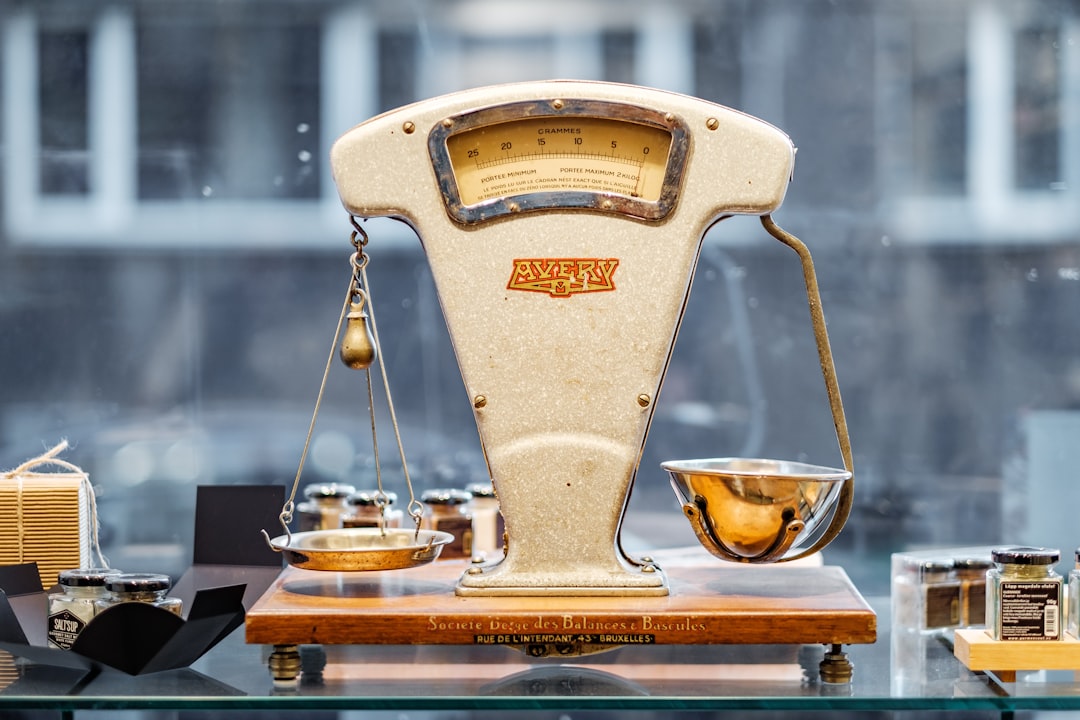
HB scale
Hardmuth scale
Bristol scale
Faber scale
Which era significantly advanced graphite mining for pencils?
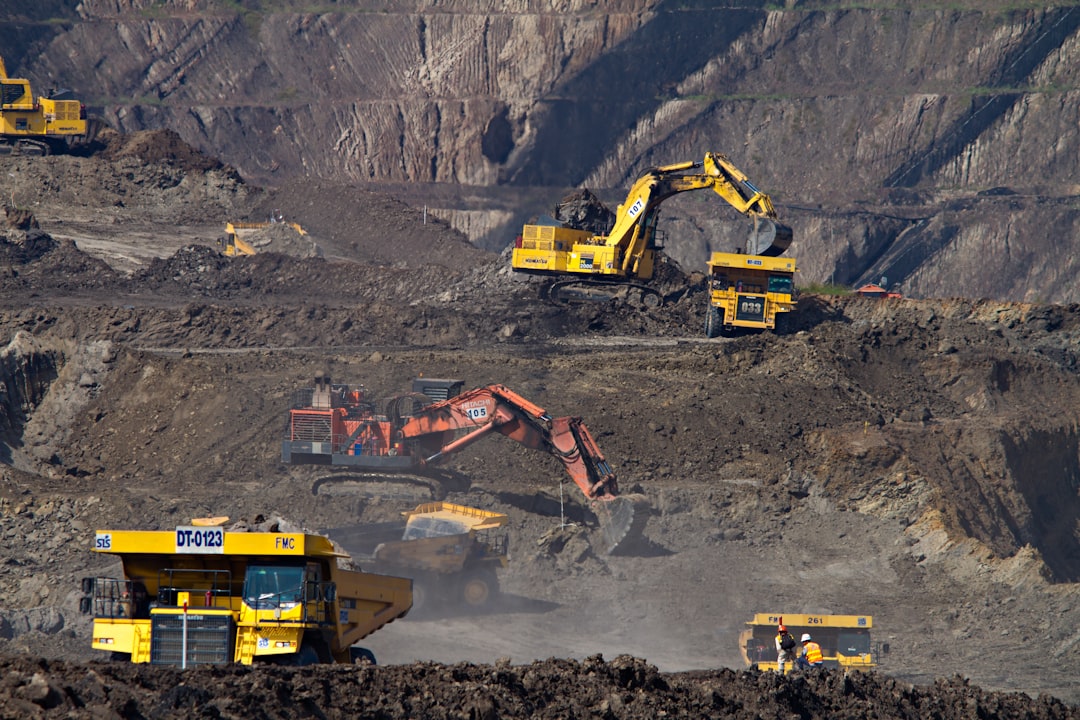
Victorian era
Industrial Revolution
Renaissance
Classical era
What prevents the graphite in pencils from breaking easily?
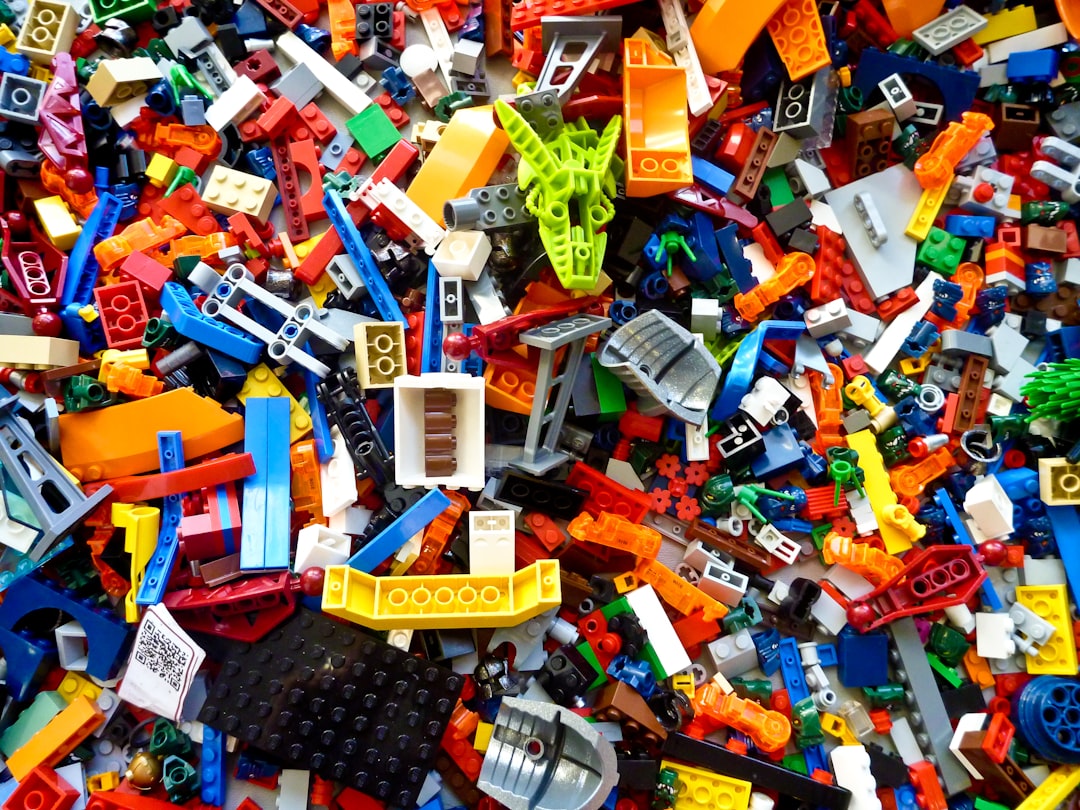
Wood casing
Clay mixture
Wax infusion
Rubber blend
Where was the large graphite deposit crucial for pencils discovered?
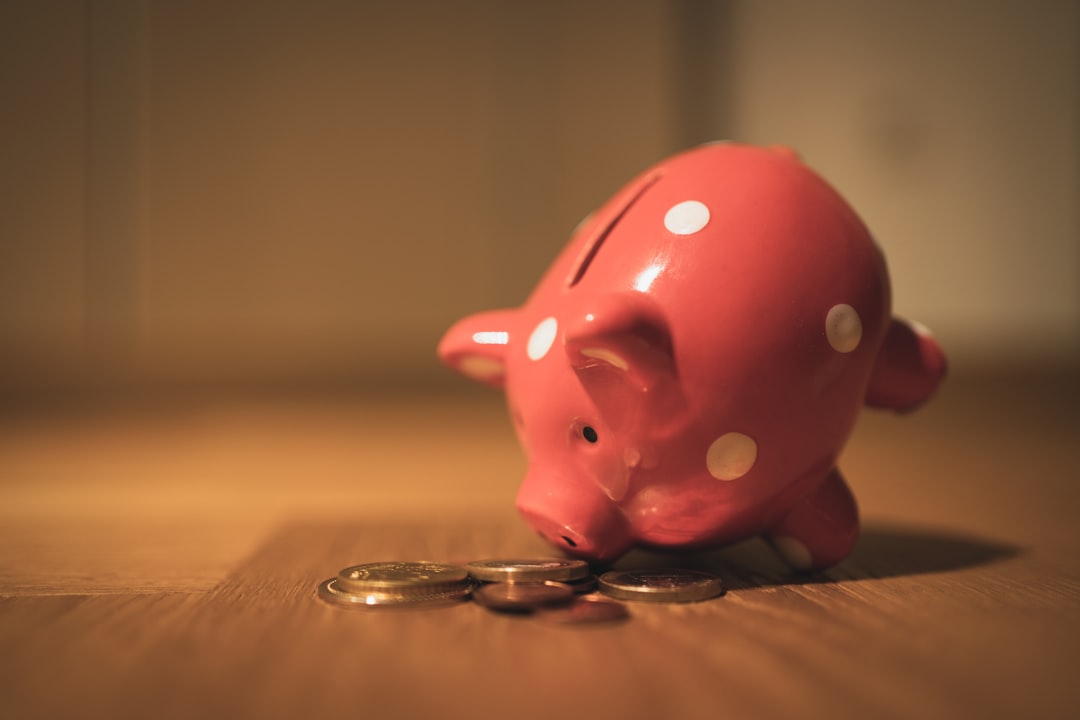
England
Germany
USA
Australia
Which type of pencil is primarily used for art rather than writing?
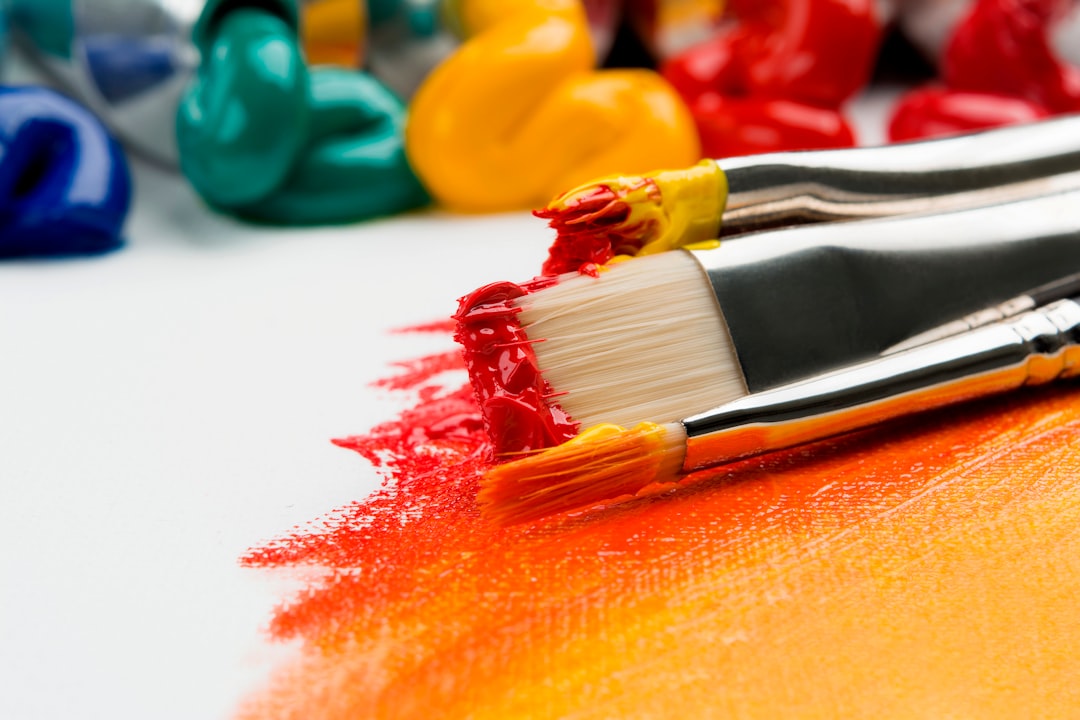
Charcoal
Colored
Mechanical
Copy
What was a historical use of graphite before pencils?
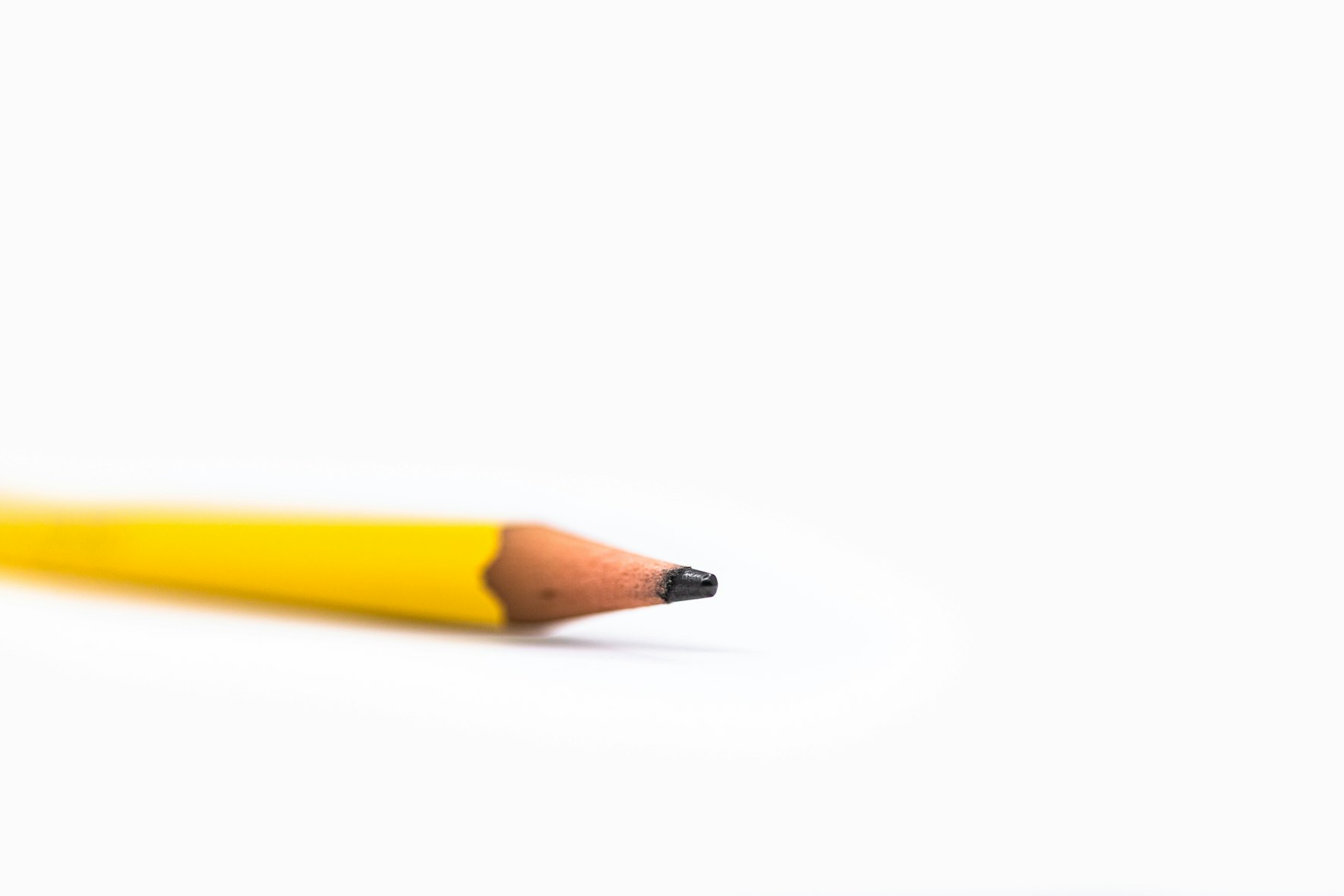
Lubricant
Paint pigment
Medicine
Building material
Which wood alternative has been used for eco-friendly pencils?
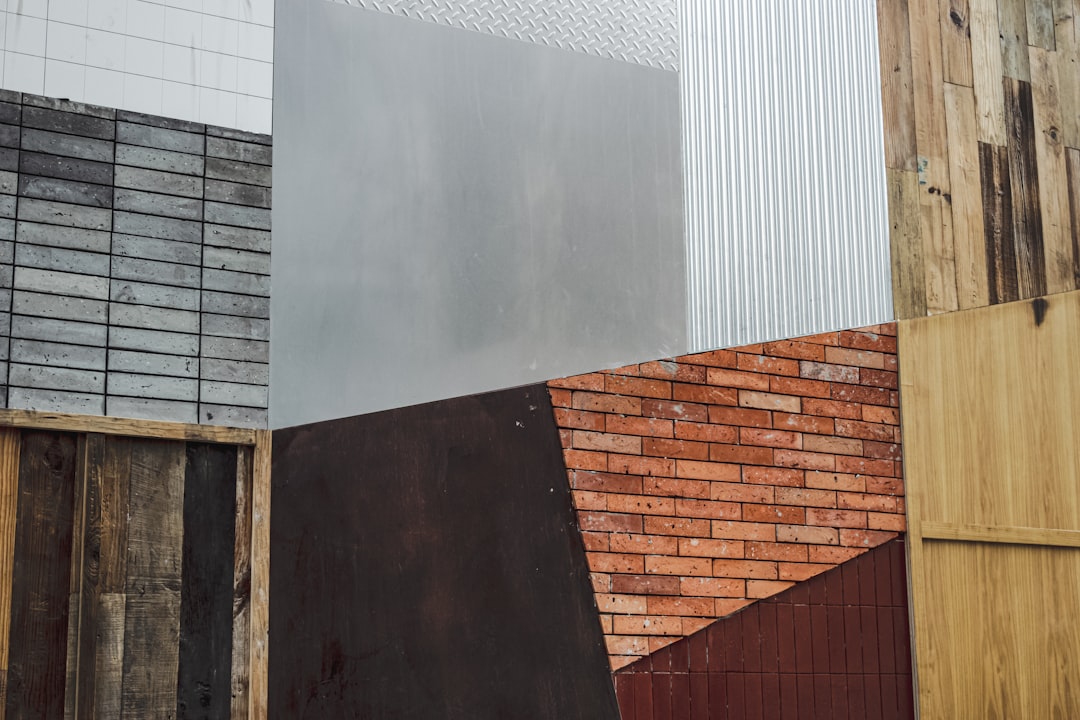
Bamboo
Maple
Recycled paper
Plastic
Who first discovered that graphite could be sawn into sticks for pencils?
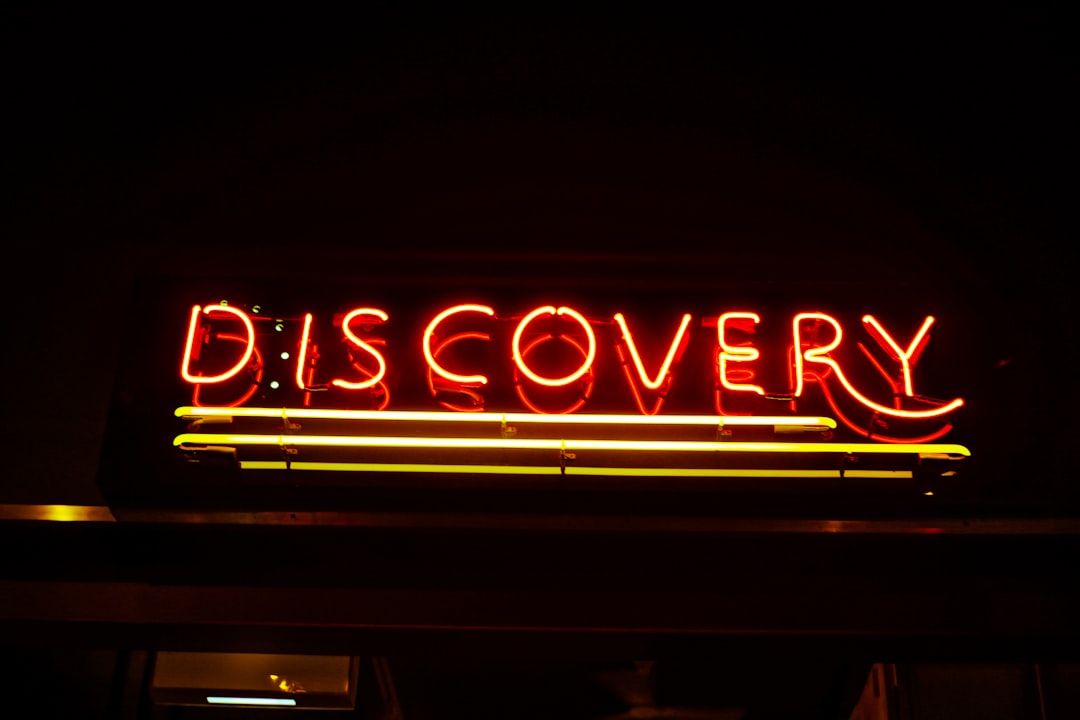
Nicholas-Jacques Conté
Benjamin Franklin
William Munroe
Simonio and Lyndiana Bernacotti
Which feature is characteristic of high-quality pencil wood?

Lightweight
Resistant to warping
Smooth texture
All of the above
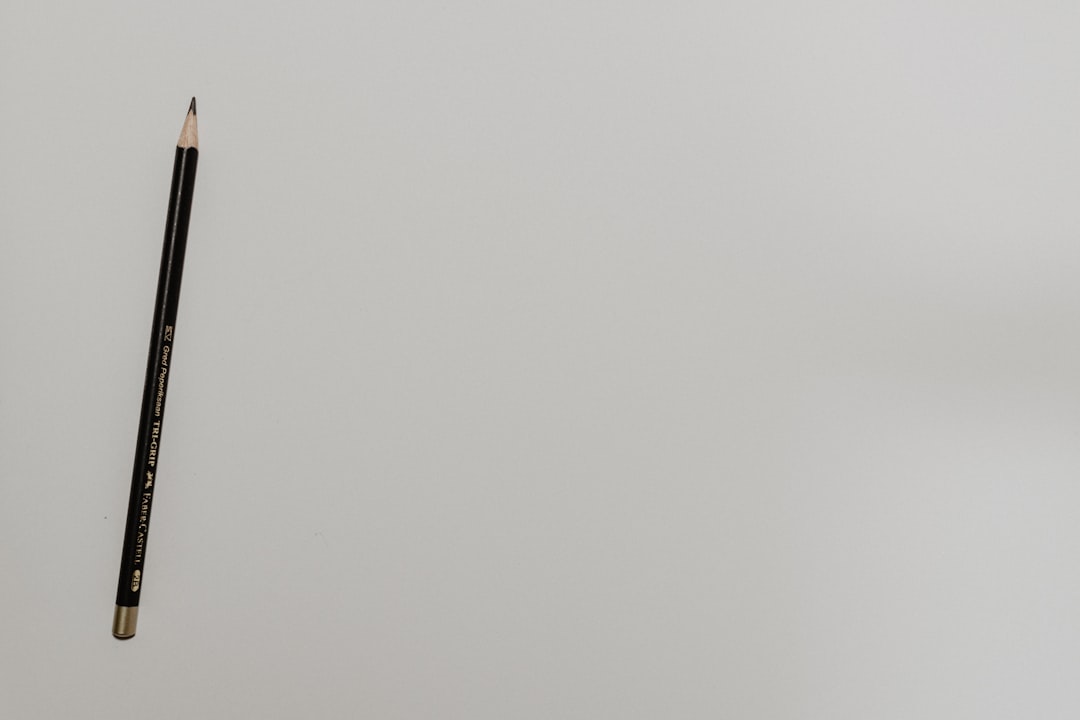
Graphite Grappler?
Your pencil prowess is just sharpening up!
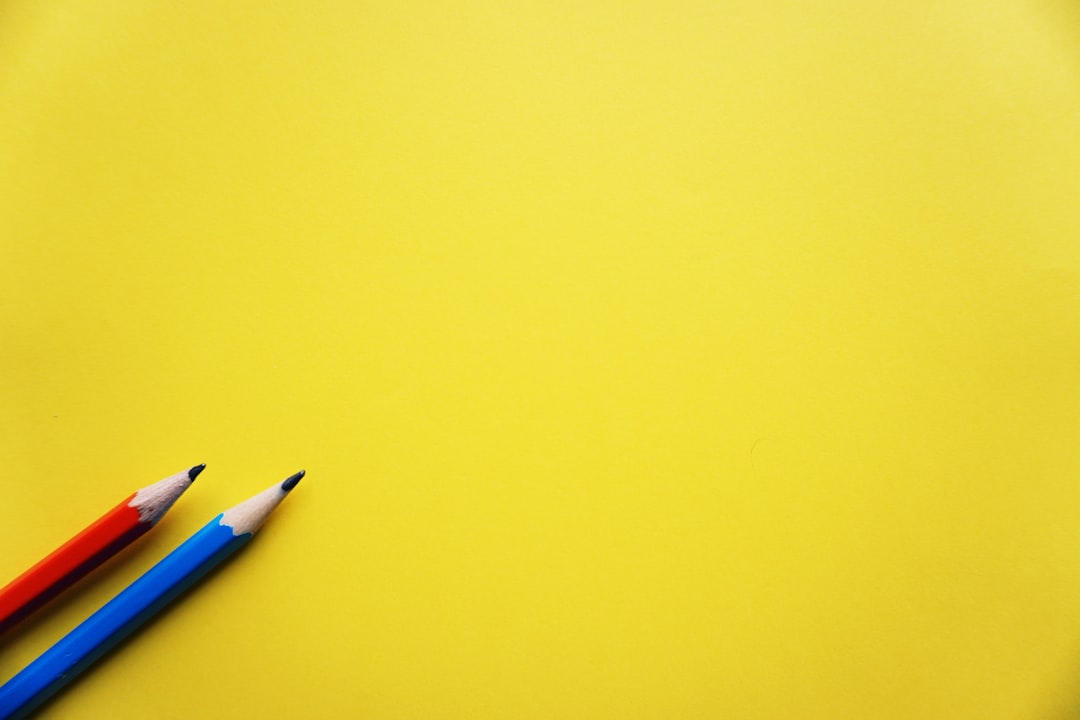
Pencil Pusher
You’re making your mark, but there’s more to draw upon!
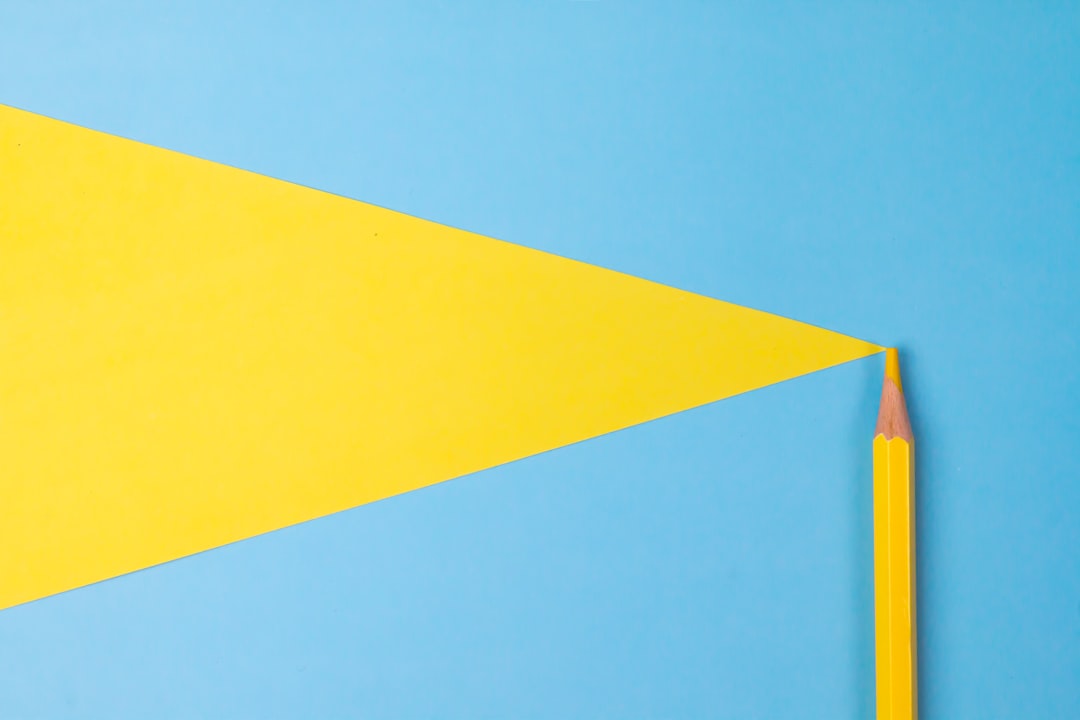
Lead Legend
You’ve sketched your way to the top with impeccable knowledge!

